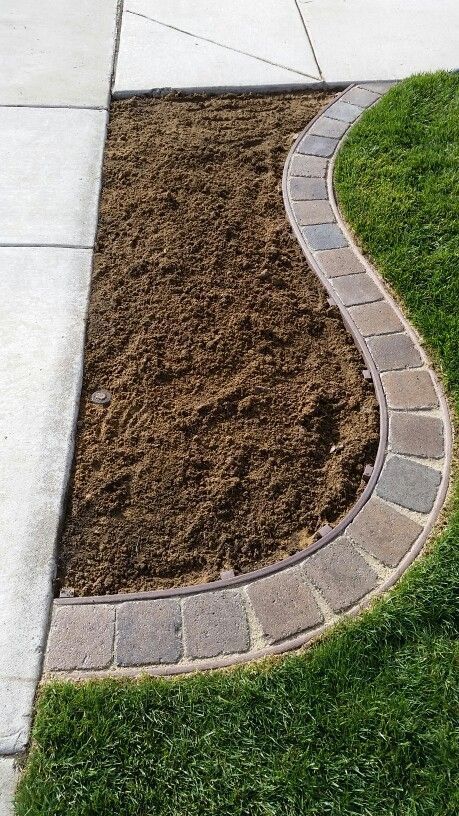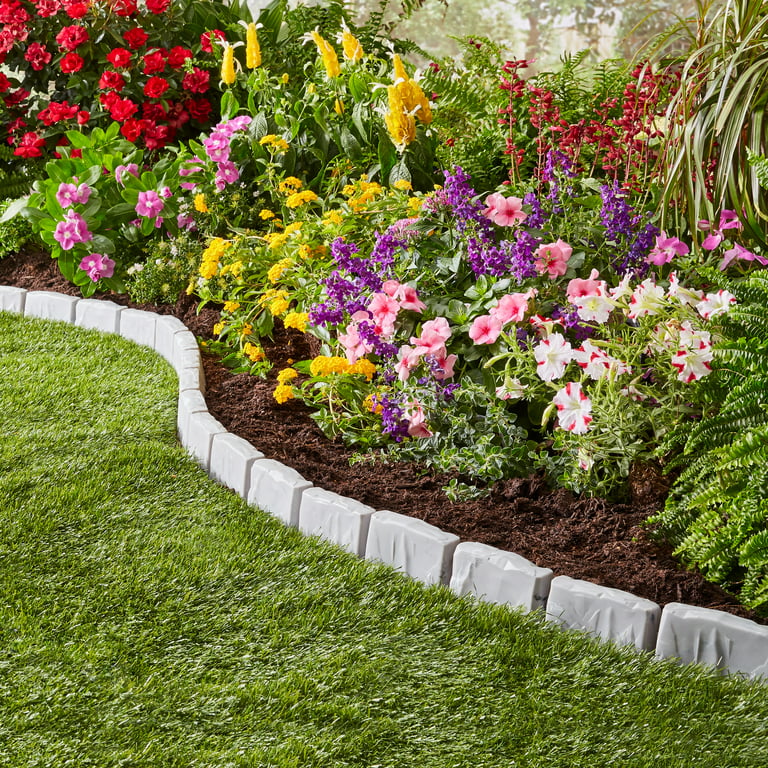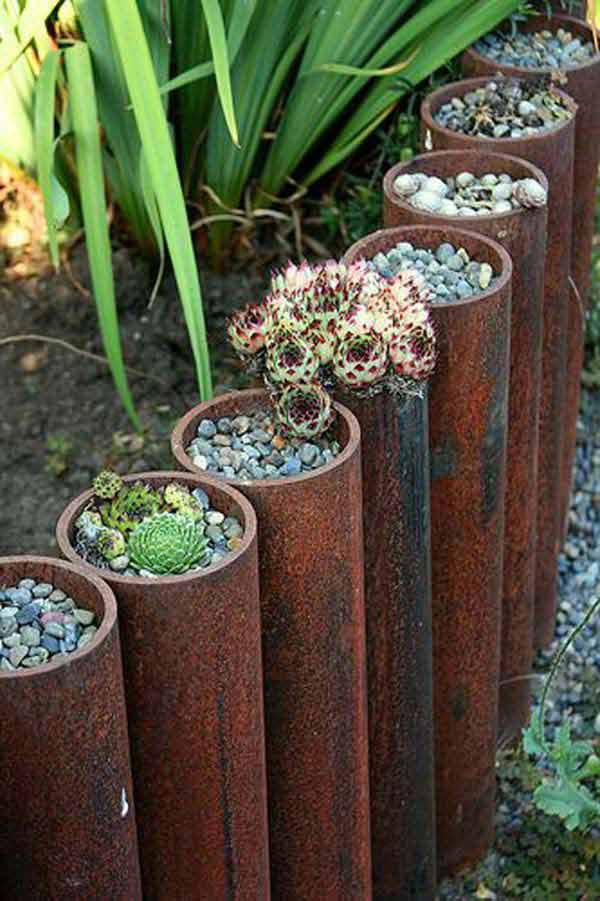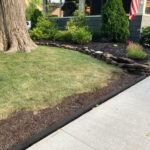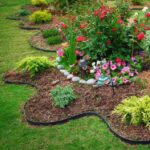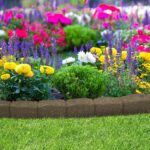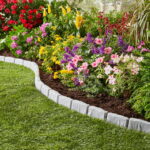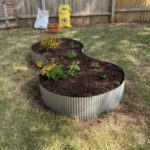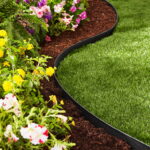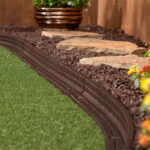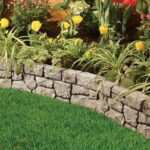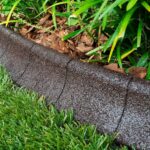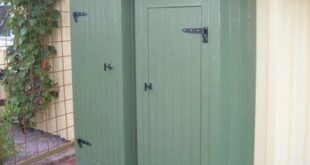Garden edging is a crucial aspect of landscaping that often goes overlooked. It serves several important purposes, such as creating a clean and polished look for your garden, defining boundaries between different areas of your landscape, and preventing the spread of grass and weeds into your flower beds. There are many different options available for garden edging, each with their own advantages and disadvantages.
One popular choice for garden edging is using bricks or stones. These materials create a classic and timeless look that can complement a variety of garden styles. They are also durable and can withstand harsh weather conditions. However, laying bricks or stones can be a labor-intensive process that requires precision and attention to detail. Additionally, these materials can be more expensive than other options.
Another option for garden edging is using plastic or metal landscape edging. These materials are lightweight, flexible, and easy to install. They are also more affordable than bricks or stones. However, plastic and metal edging may not be as durable as other materials and may need to be replaced more frequently. Additionally, some people may find that plastic or metal edging is not as aesthetically pleasing as natural materials.
Wooden garden edging is another popular option that can add a warm and natural look to your landscape. Wood is versatile and can be easily customized to fit the shape of your garden beds. However, wooden edging may rot over time, especially if it is in direct contact with the soil. To preserve the longevity of wooden garden edging, it is recommended to treat the wood with a sealant or paint.
For a more eco-friendly option, consider using recycled materials for your garden edging. Old tires, glass bottles, and even discarded plastic can be repurposed to create unique and creative borders for your garden beds. Not only does using recycled materials reduce waste, but it also adds a touch of whimsy and personality to your landscape. Just be sure to clean and prepare the materials properly before using them to ensure a clean and polished look.
Whichever material you choose for your garden edging, it is important to maintain it regularly to keep your landscape looking neat and well-maintained. Edging can become overgrown with grass and weeds over time, so be sure to trim and edge regularly to keep your borders clean and defined. With the right edging materials and maintenance routine, you can create a beautiful and well-organized garden that will be the envy of your neighborhood.
 yishifashion Where Outdoor Dreams Become Reality
yishifashion Where Outdoor Dreams Become Reality
